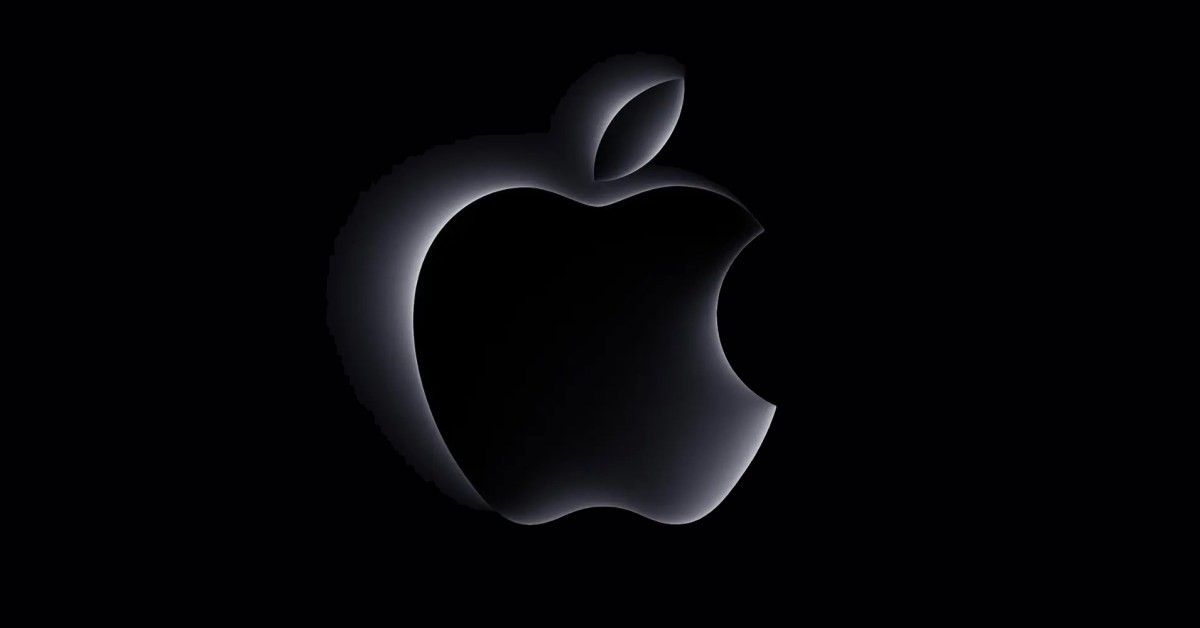
In a groundbreaking development, surgeons at the University of California, San Diego (UCSD) have successfully integrated Apple's Vision Pro headset into minimally invasive surgical procedures. The team, led by Dr. Santiago Horgan, director of the Center for Future Surgery at UCSD, has already performed over 20 operations using this cutting-edge technology.
The Vision Pro, Apple's mixed-reality headset, is proving to be a game-changer in the operating room. Dr. Horgan believes it could be even more transformative than robotic surgical assistants. The headset's high-resolution OLED displays provide surgeons with an unprecedented level of visual clarity during laparoscopic procedures.
One of the key advantages of the Vision Pro in surgery is its ability to streamline information access. Traditionally, surgeons have had to look away from the patient to view multiple screens displaying camera feeds, vital signs, and CT scans. With the Vision Pro, all this critical information is projected directly into the surgeon's field of view, allowing them to maintain focus on the patient throughout the procedure.
This improved ergonomics is expected to reduce physical strain on surgeons, who often contort their bodies during long procedures. The Vision Pro's ability to consolidate multiple data sources into a single, immersive display could potentially decrease fatigue and enhance precision during complex surgeries.
Interestingly, the Vision Pro's $3,500 price tag, while steep for consumers, is considered highly cost-effective in the medical field. Christopher Longhurst, chief clinical and innovation officer at UC San Diego Health, points out that traditional operating room monitors can cost up to $30,000 each. This relative affordability could make advanced visualization technology accessible to a wider range of hospitals, including smaller community facilities with limited budgets.
The UCSD team's success with the Vision Pro extends beyond the operating room. They are currently exploring its potential for creating 3D radiology imaging and other medical applications. This versatility suggests that mixed-reality technology could have a broad impact on various aspects of healthcare.
As research continues and more data becomes available, medical professionals are optimistic about the future of mixed-reality technology in healthcare. Dr. Longhurst predicts that devices like the Vision Pro could become standard equipment in operating rooms worldwide in the coming years.
While the integration of new technology in healthcare always raises important considerations, such as patient privacy and data security, the initial results from UCSD are promising. As surgeons and patients alike experience the benefits of this innovative approach, the Apple Vision Pro may well be paving the way for a new era in minimally invasive surgery.